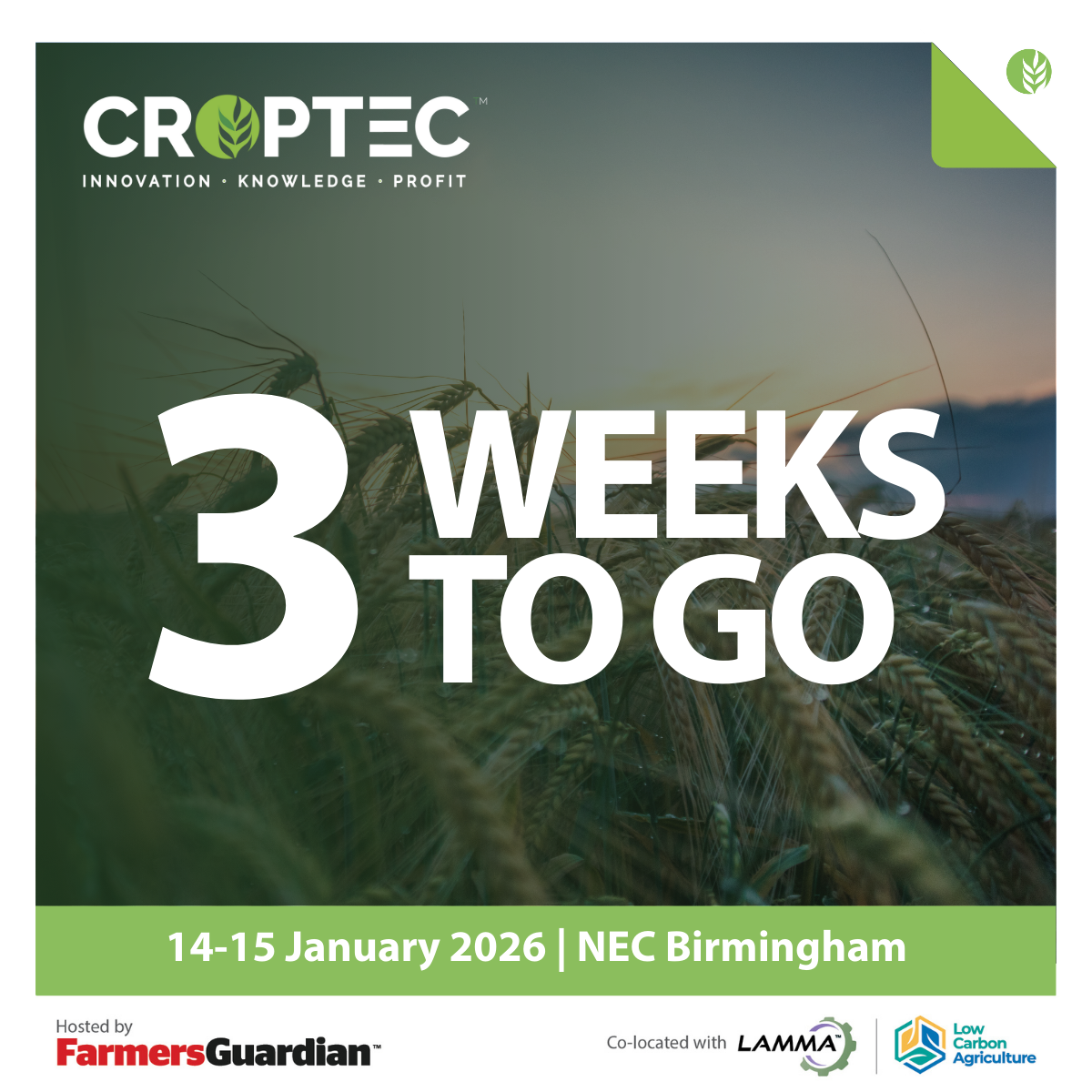Balancing pests with their predators
As featured in Arable Farming Magazine
Balancing pests with their predators
by Arable Farming
A new field lab examining how natural predators can help control crop pests is underway in Yorkshire. Andrew Blake reports.
Last May, a group of six farmers and researchers met online to set the objectives for the AHDB-supported Innovative Farmers project* (see Project objectives panel).
Integrated pest management is a key part of crop production, says project co-ordinator Dr Emily Pope of AHDB.
Helping farmers to monitor the balance between pest and natural enemy populations is going to be really important as the supply of available and effective chemistry diminishes.
Each farmer has pinpointed two fields with similar soils and topography, one with a flowering habitat, such as a wildflower margin, and a control field without, explains Dr Pope.
Following agreed procedures, each farmer will make visual assessments and use pitfall traps, yellow sticky traps and suction traps to help evaluate the impact of their chosen species mixtures and establishment approaches on the insects they find.
The pitfall traps, placed in the ground in October, November and March, will help identify ground-dwelling predators, such as ground beetles and wolf spiders.
The horizontal 20cm by 20cm sticky traps will be used to identify pests such as aphids and their natural enemies.
Suction traps In autumn three suction traps will be placed in each field in the flowering strip and at 20 metres and 70m into the crop and left for two to three days in each for three months.
The traps will then be sent to ADAS High Mowthorpe for their catches to be identified.
Barley yellow dwarf (BYDV) symptoms will be assessed from when they first appear in each field using quadrats to calculate the percentage field infection.
All the farmers have chosen their fields based on their individual areas of interest, says Dr Pope.
Thats the benefit of farmer-led initiatives like Innovative Farmers.
The farmers have the support to choose topics that theyre interested in looking at.
One has a meadow that he has established.
He wants to know whats flowering and whats being attracted to those flowers.
Another is establishing flowering habitats as part of a Countryside Stewardship agreement.
He has had flower strips on the farm before but has struggled to establish them, so, he is interested in looking at different cultivation strategies to improve their take.
The field lab can cater for different, specific questions that the individuals have while working collectively on the same topic.
This means they can learn from one another without all having to do exactly the same thing it is flexible.
Moths are a good indicators of ecosystem health, she says.
They affect many other types of wildlife, including other insects, as well as bats and birds.
Pest control They are also sensitive to changes in the environment.
Environments rich in moths are also rich in other invertebrates, including those involved in natural pest control.
So, well also be deploying moth traps in line with Butterfly Conservations âbudget bucket moth trap instructions.
The crops involved are wheat, barley and oilseed rape.
All six farmers say that building on-farm biodiversity is important, but they have priority pests like the aphid vectors of BYDV and cabbage stem flea beetle which they must tackle.
Both pests are also the subject of current AHDB projects, says Dr Pope.
Because AHDB works with Innovative Farmers , were able to ensure there is a consistent approach to the data collection.
Rather than AHDB funding research projects and Innovative Farmers having a field lab on the same pests separately, weve made sure that were working together between the research projects and the on-farm trials.
As an example, the aphid data will be analysed by researchers working on the research project.
Research This brings the farmers into the research programme too everything is much more joined up and should benefit everyone involved.
The farmers have planned the various assessments by collaborating with the researchers.
The group will come together for a day to get up to speed on the different techniques which have been designed to be easy to use and cheap.
Expensive specialist equipment isnt required, which makes taking part in the project straightforward and fun.
Increasing pollinator numbers
This will be the first Innovative Farmers trial for Angus Gowthorpe, who runs 160 hectares of arable and grassland with his mother at Approach Farm, Escrick, in the Vale of York.
They grow winter cereals with breaks of spring beans, linseed and oilseed rape, the main pests being BYDV-bearing aphids, bruchid beetles and cabbage stem flea beetle, which wiped out the oilseed rape in 2019.
Direct drilling and other regenerative farming methods have been the norm for eight years.
I hope the trial will help me increase the number of natural pollinators for the flowering crops, says Mr Gowthorpe.
And I want to increase the number of beneficials controlling pests like bruchid on the beans, although we have got the crop away for human consumption for the past two years.
Guidance For guidance on which traps to deploy and how to monitor them, he says he will rely on Dr Pope and entomologist Dr David George of Newcastle University, and he hopes the trial will help answer two key questions.
Before planting more flowering strips in larger fields, Mr Gowthorpe needs to know which species to include to attract the best pollinators and predators for his specific crops.
Just because its a flowering plant doesnt mean its the right one, he says.
However, given that there are already high levels of beneficial predators in his fields, his main question is how far apart any new in-field strips should be or whether any are needed at all.
.png)

